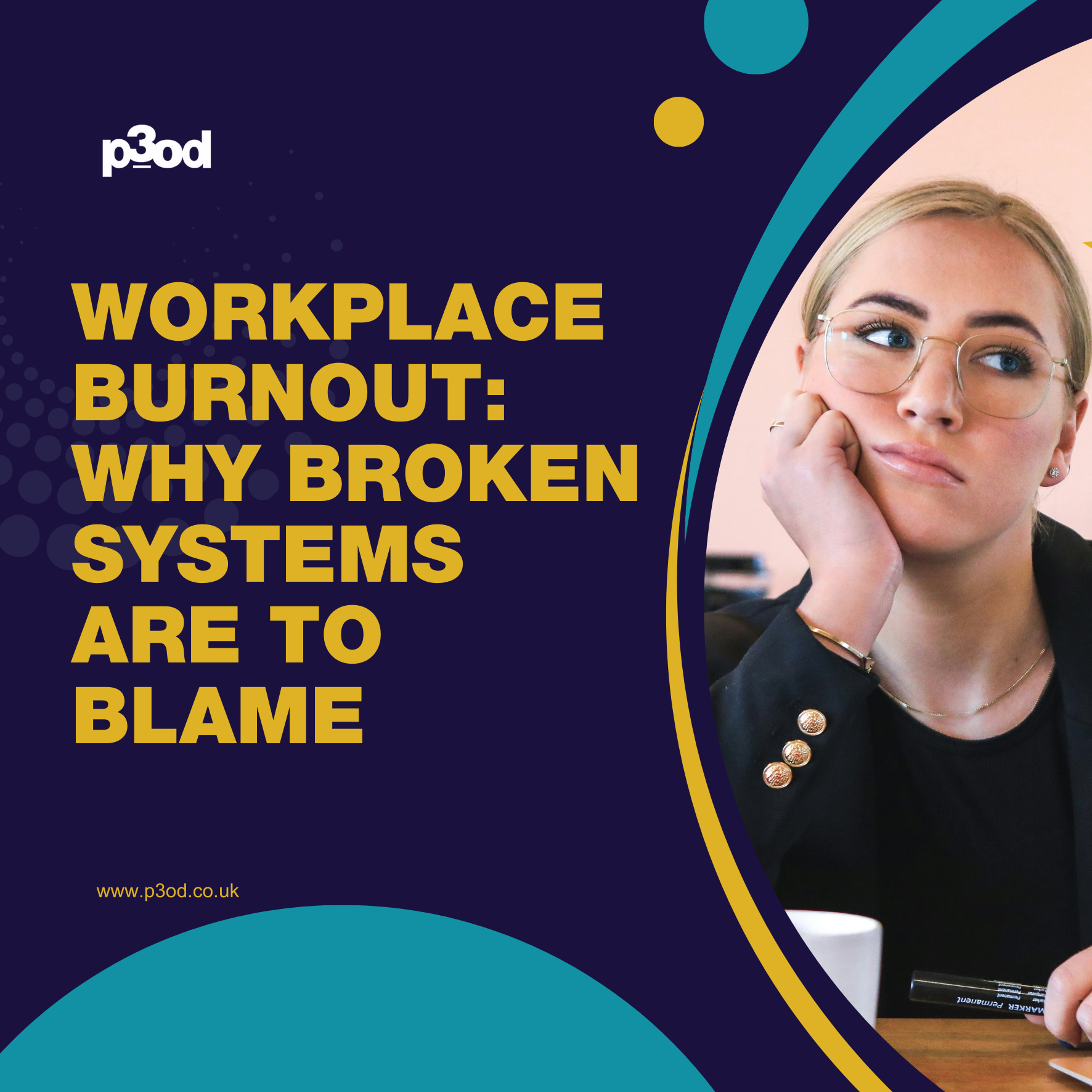
Another year, another set of grim numbers from Gallup’s State of the Global Workplace report, which highlights the growing crisis of workplace burnout and employee engagement challenges.
Low engagement. High stress. Billions lost.
But let’s be clear: burnout isn’t a personal failing. It’s not that people are weak, fragile, or lacking resilience.
It’s the inevitable outcome of workplaces that are structurally broken.
The Hard Truth About Engagement: Insights from the Gallup Employee Engagement Report
This section dives into global workplace statistics and employee disengagement trends highlighted by Gallup’s latest findings.
The numbers don’t lie:
🚩 Only 21% of employees feel engaged.
🚩 Nearly 50% are actively looking for a new job.
🚩 Businesses lost $438 billion globally to low engagement.
🚩 Stress, sadness, and loneliness remain alarmingly high.
This isn’t about people needing to “toughen up.” It’s about recognising that the way we work today is simply unsustainable.
People are tired because the system is tired.
Managers Are the Tipping Point: Manager Burnout, Leadership Training Gaps & Supporting Frontline Managers
Gallup’s data shows that 70% of a team’s engagement depends on their manager.
But what are we actually giving managers to work with?
Endless restructures.
Budget cuts.
“Do more with less” pressure.
Expectations to lead on wellbeing, DEI, performance, and innovation — often without clear training or real support.
No wonder managers are burning out — and taking their teams down with them.
When you expect managers to be everything to everyone without the right infrastructure, you’re building a house of cards. And it’s starting to collapse.
The System Is the Problem — Not the People: Workplace Burnout, Employee Engagement & Organisational Culture Issues
We’ve normalised a culture where being constantly exhausted is seen as “commitment.”
We’ve convinced ourselves that if people just work harder, think more positively, or attend another resilience workshop, everything will get better. But you can’t mindfulness your way out of:
Unrealistic workloads.
Lack of autonomy.
Poor leadership support.
Broken organisational design.
The system needs fixing, not the humans trapped inside it.
What Organisations Must Do Now: Sustainable Leadership Strategies, Employee Wellbeing Programs & Organisational Culture Change
If businesses are serious about reversing this trend — not just papering over the cracks — they need to:
🔹 Redesign roles realistically. One person can’t do the job of three. It’s not sustainable.
🔹 Equip managers properly. Leadership is a skill — not an instinct. Train, support, and coach them to succeed.
🔹 Build cultures of trust, not fear. High engagement comes from psychological safety, not constant pressure.
🔹 Prioritise sustainable performance. Success isn’t about short-term wins if you’re sacrificing long-term health.
🔹 Invest in leadership development that focuses on people, not just metrics.
Conclusion: Reducing Workplace Burnout & Building Sustainable Teams
Burnout isn’t a side effect. It’s the warning light that the engine is failing.
If we want engaged, high-performing teams, we have to stop trying to “fix” the humans — and start fixing the system around them. This is how we achieve true employee engagement solutions.
At p3od, we help organisations tackle the real issues behind reducing workplace burnout, improving employee engagement, and building sustainable teams. Not just the symptoms.
Because resilient organisations aren’t built on exhausted people — they’re built on strong, sustainable foundations.
Ready to build a workplace where people can truly thrive?
📧 hello@p3od.co.uk
🌐 www.p3od.co.uk

